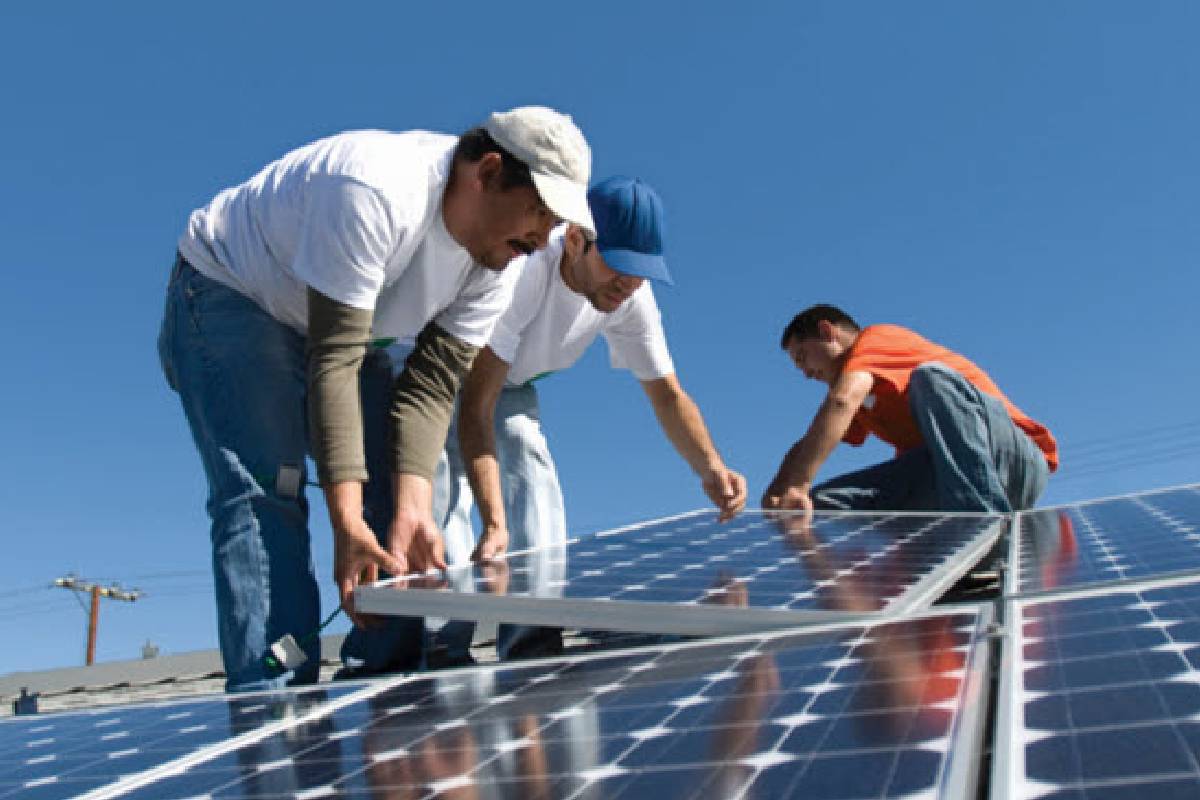Solar energy is generated by the sun. The photovoltaic effect converts solar energy into electricity, which is then used to power electronic gadgets. The benefits of solar energy cannot be realized until solar power systems are installed in homes and businesses.
What are the components of a solar energy system?
A solar power system must meet a number of specifications. Listed below are the specifics:
Photovoltaic cells (also known as solar panels) convert sunlight into electricity. Commercial and industrial solar panels are often much bigger than those put in homes. Panels with greater wattage enable for more energy to be generated with less panels. The bigger panels are nevertheless more difficult to handle because of their added weight and size. If you reside in San Diego County, you will find that a longer length of time must be set aside by the best solar companies in San Diego to guarantee proper installation. If you hire the greatest solar business, you’ll get this.
Next, you’ll need an inverter, which may be either a string inverter or a microcontroller inverter. Compared to the size of a satchel, a string inverter and a micro-inverter are about the same.
Racking, the foundation upon which a solar panel system must be built, is a product offered by the finest solar panel manufacturers. Racking firms come in various varieties. Fastened aluminum is used to build the racks. It’s important to choose a racking firm that is flexible in its architecture and prepared to stand behind the durability of its product.
Preserving the limited supply of vital power
In order to store the system’s energy, you’ll require battery packs and a charger. In the event of a power outage, you will have the ability to be self-sufficient, so to speak. Depending on reputable solar company and whether this is an option, if you have power lines connected, the energy you use can be redirected to the power system to be used at a later time or converted into credits.
The system’s energy is stored in batteries, and the charge frequency provided by the panels is controlled by a charge controller. In addition to wires, fuses, and disconnects, these components need to be connected. Equipment may be added by your trusted solar panels company to monitor system output, as well as handle any problems that may arise.
There are certain drawbacks to using solar power
In the tens of thousands of dollars, installing solar may be prohibitively costly. Starting up is expensive, even if it will pay off in the long run, and it’s not something that everyone can afford.
When it comes to solar power, your home’s location will have a significant impact on how well your system works. There will be a lower level of efficiency if the place where you are staying does not get as much sunlight as a sunny location. Adding more components to the system to deal with this problem will also increase the overall cost.
The installation of panels requires a significant quantity of floor space. It’s possible that 20 to 30 panels will be needed for the average family. Costs associated with energy storage may be rather high. The most expensive part is the battery. Using batteries to store electricity would drain resources, reducing solar’s value as an asset. Batteries should only be used in emergency situations or as a last resort in the event of main supply failure.

